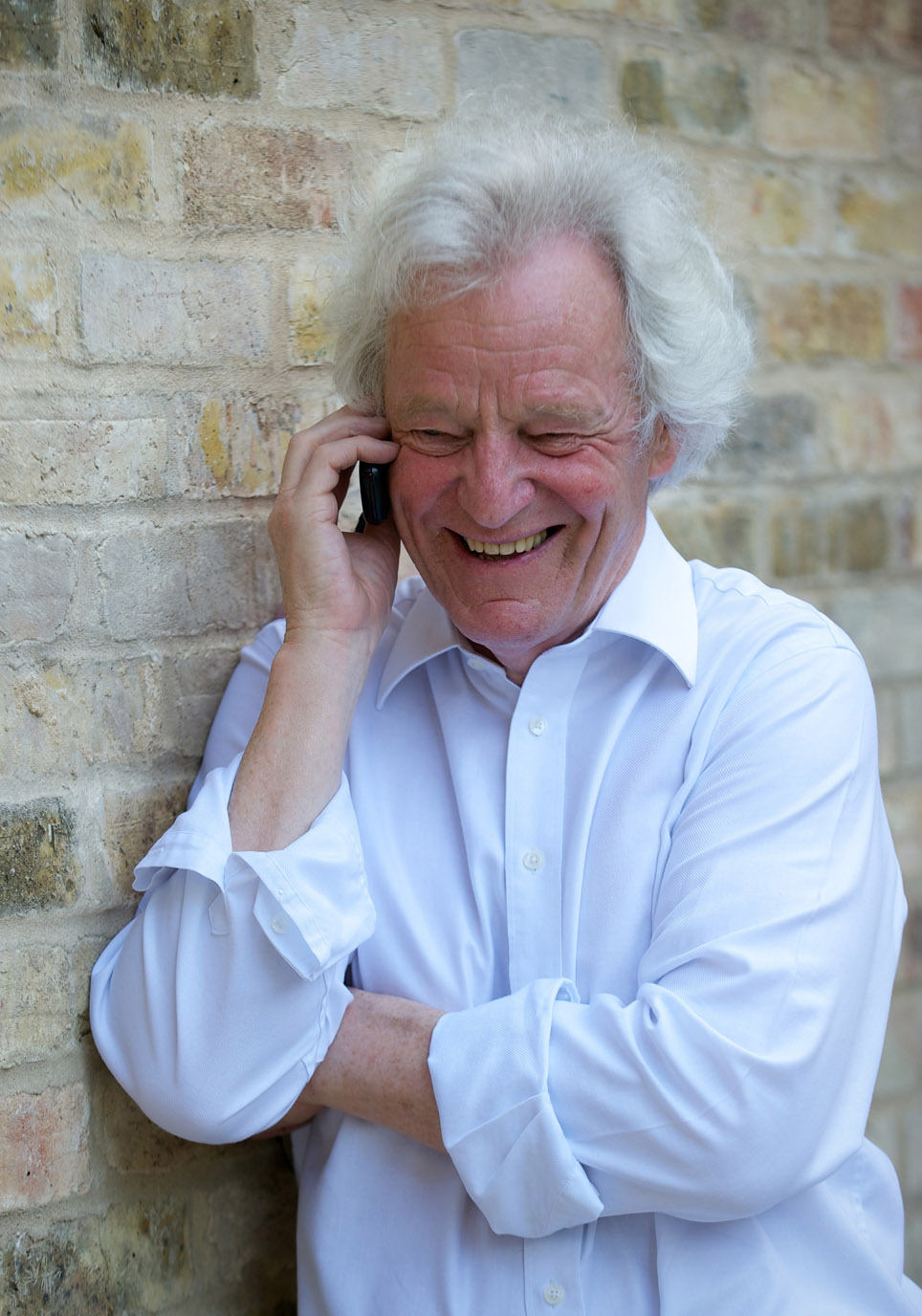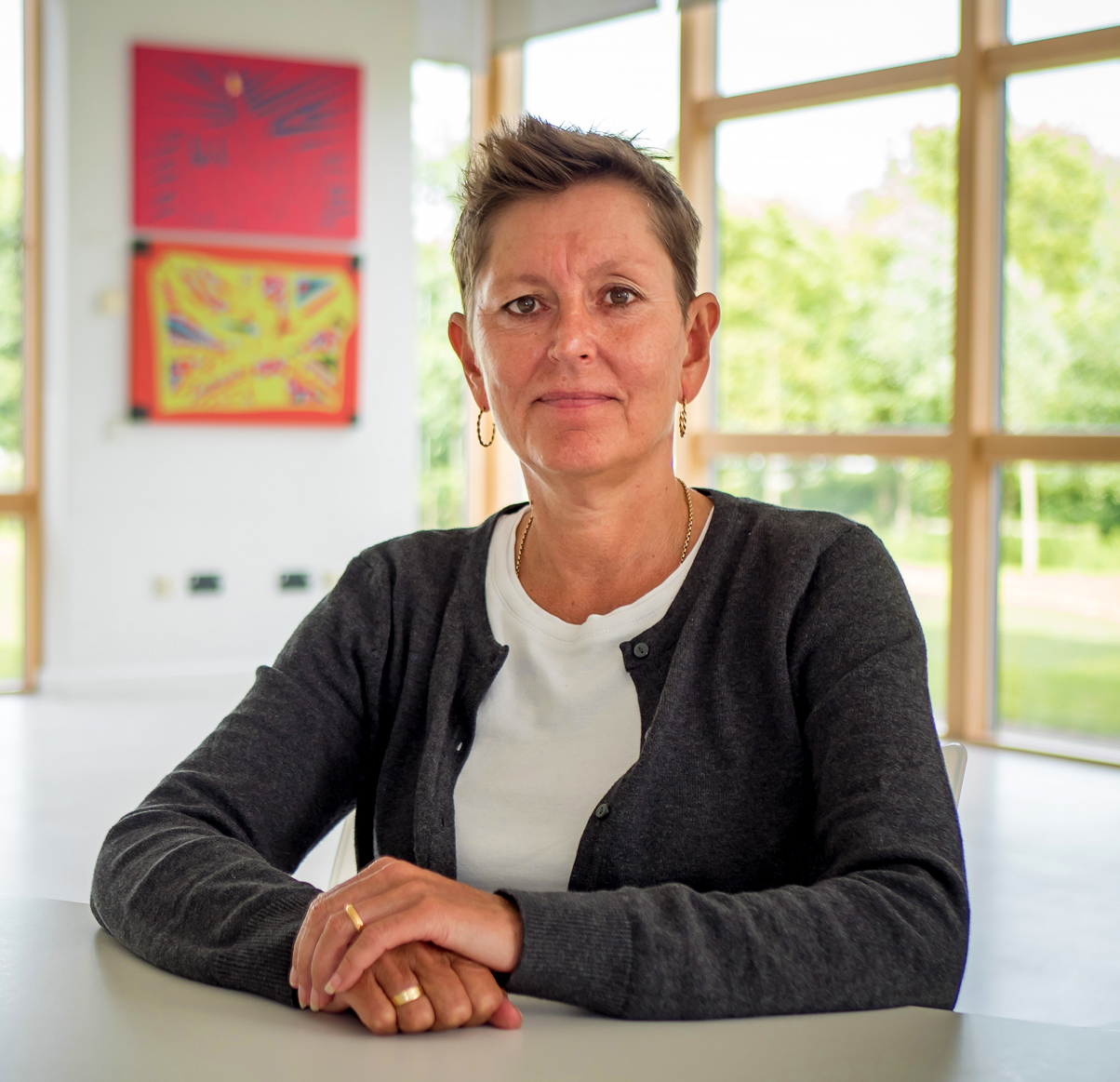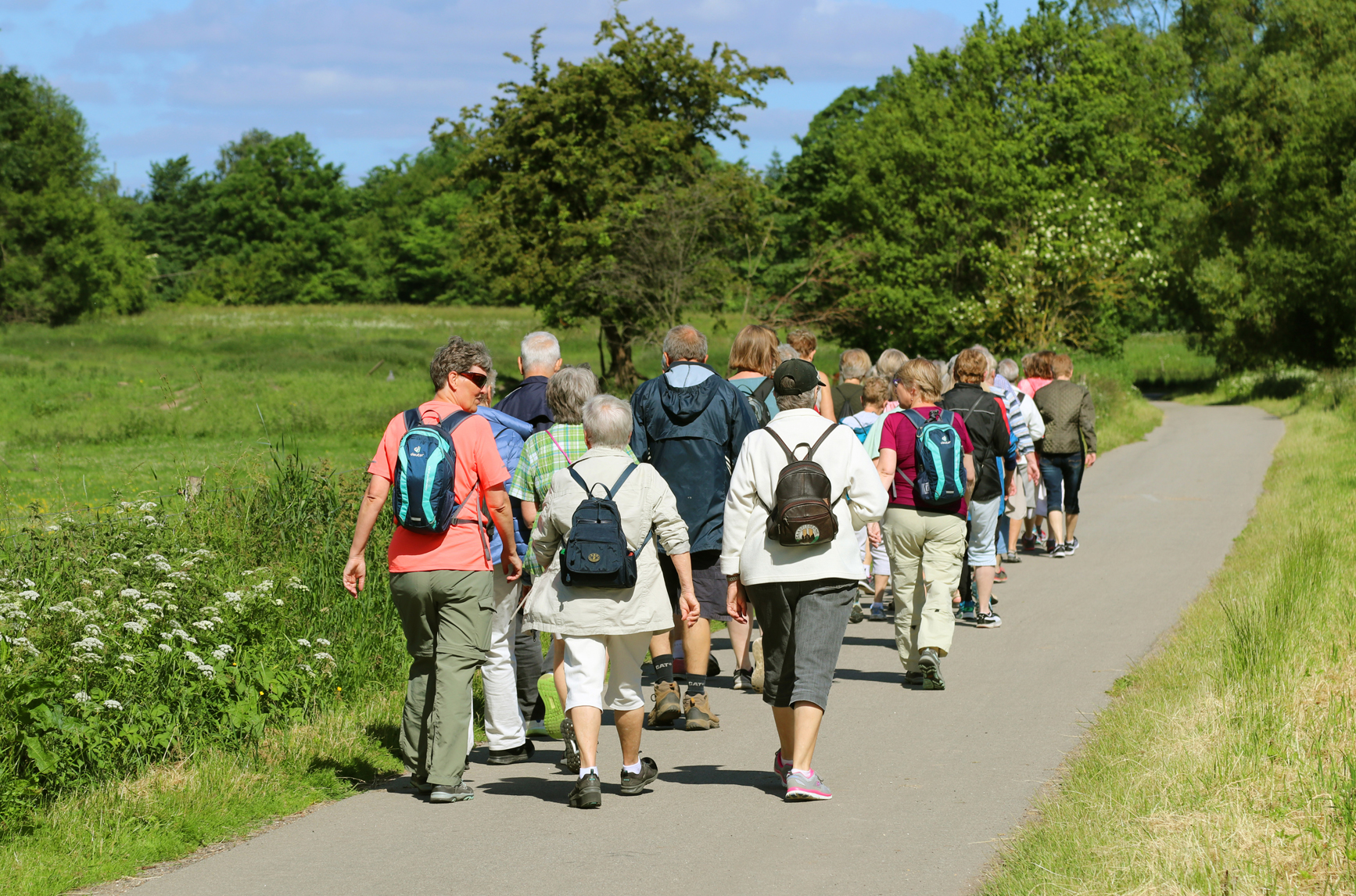features
Everyone's talking about: NHS partnerships
In the wake of the pandemic, is the time ripe to change the language around the role of exercise professionals, and gain greater trust from the healthcare sector?

The UK’s already stretched National Health Service has been put under unprecedented strain by the global pandemic. Amid the situation with trusts in crisis, ambulance queues, and extended NHS waiting lists, there’s so much our sector could do to support our health service and healthcare professionals.
But how do we make them hear, trust and use us?
Much progress has already been made, and there’s an ever-growing body of research that supports the immense health benefits of physical activity. But is it now time for the health and fitness sector to change its language, and present exercise professionals as what they are – highly-trained activity therapists? Kath Hudson asks our panel of experts.

GPs to prescribe judgement-free fitness classes for women” shouted headlines in The Times and the Guardian in December 2021, heralding a new therapeutic approach to the handling of common long-term health conditions.
Excellent work is done in NHS rehabilitation – for example, cardiac rehabilitation – but only as part of specialised NHS services. We need to establish a routine of prescribing and dispensing activity in primary care and physical activity professionals have a key role to play in delivering this. Furthermore, we need to get activity therapy funded, just like drug or psychological therapy.
The evidence base for this is very strong, expressed in the reports Exercise – the Miracle Cure, from the Academy of Medical Royal Colleges in 2015 (www.hcmmag.com/AMRC), and more recently the reassuring report titled Benefits Outweigh Risks from the Faculty of Sport and Exercise Medicine and Sport England (www.hcmmag.com/benefitsrisk). However, evidence alone is insufficient, we need NHS management and political action to fund exercise professionals to deliver activity therapy.
Language is key to this campaign. As I’ve previously written in HCM, the word ‘fitness’ is associated with youth and lycra by many. Although it’s interesting to note that the terms ‘deconditioning’ and ‘reconditioning’ are increasingly being used in healthcare, the NHS itself is using the term wellbeing much more frequently.
‘Health and wellbeing’ is a powerful term, which may be politically useful. While we’re at it, we must discontinue using the term leisure! It’s important to describe the focus of exercise professionals as physical, cognitive and emotional activity, rather than just physical activity, which undersells the huge psychological benefits of their skills.
They’re in the wellbeing business and the intervention should be described as activity therapy distinct from, but closely related to, NHS rehabilitation. We define Activity Therapy as “the promotion and enablement of activity, physical, cognitive and emotional for people with, or at risk of, long-term conditions by people qualified as personal trainers, sports scientists or exercise physiologists”.
Then we need to seek funding. There is money available in NHS funding pots for increasing the types of roles in primary care. For example, from the Additional Role Reimbursement Scheme, or the Elective Recovery Fund, but while the NHS funds health and wellbeing coaches, there is no mention of trainers or physical activity professionals. However, physical activity professionals are excellent coaches and understand wellbeing, so all can apply for funds if they use the correct language. Some have successfully done so.
Furthermore, there’s an extra £30m in an Innovative Models of Care scheme announced in the Social Care White Paper. We can also use the recent DHSC report Good for You, Good for Us and Good for Everyone, which emphasises that at least 10 per cent of prescribing is pointless. One reason for this is because there’s currently no option to prescribe ‘physical and social activities’ dispensed by a physical activity professional. The time is ripe – we need a National Activity Therapy Service delivered locally by our excellently-trained professionals.
• Muir Grey is advisor to Public Health England, executive director of the Oxford Centre for Triple Value Healthcare and director of the Optimal Ageing Programme

In 2016, CIMSPA facilitated a meeting of all the Royal Colleges and said to them, we have a highly-trained workforce, where would you like us to intervene?
They acknowledged the power of our sector, and the evidence base, but overwhelmingly said they didn’t understand our workforce. They wanted us to be more ‘like them’ in order to give them confidence to refer.
We have since given them this by creating chartered practitioner status for those exercise professionals who have bolted on specialisms to their qualifications – such as stroke rehabilitation, cancer rehab, prehab – to seek chartered practitioner status. We also had to educate the healthcare professionals that this has now happened.
Because physical activity as a preventative measure isn’t taught at medical school, Sport England funded an initiative called the Moving Healthcare Professionals Programme, to educate healthcare professionals on the benefits of exercise. CIMSPA is now involved in reviewing this programme to understand its reach and effectiveness. Very soon, we expect to see some decent analysis to show what difference this is making.
Currently the circle doesn’t complete: there is a connection which needs to be made at government level. So we need to work more closely with the Department of Health and Social Care, as well as the new Office for Health Improvement and Disparities, which is saying that an active lifestyle will feature highly in its work.
There has to be actual political will, not just plaudits and promises, but there are signs this is starting to happen. In December, the House of Lords Select Committee for Sport, Physical Activity and Recreation published its findings – after a year of scrutiny – recommending that physical activity and sport fits under DHSC not DCMS. It also called for a minister who has a responsibility for health and wellbeing, and a national plan which is legislated to deliver.
So we’ve created a Chartered Institute, and chartered roles. The education piece is done, what we need now is some political recognition and healthcare professionals to meet us in the middle and acknowledge they can now refer to our sector and prescribe physical activity.
As a sector, we now need to think about how we market our services, so we appear accessible enough to help whole communities, rather than chasing a membership line. We need to look at integrated collaborative initiatives, joining up with Integrated Care Systems, rather than just appealing to those who we can access easily.

The relationship between primary care networks and the health and fitness sector varies around the country. Some counties are already very structured with their funding networks and appreciate the competencies of exercise professionals and how they can support frontline NHS staff, by bringing a whole layer of different qualifications and skill sets.
However, on the whole, the NHS is missing out on a huge opportunity by not leveraging the power of exercise professionals, many of whom are very well qualified, with vocational qualifications and degrees to provide physical activity advice and guidance with behavioural support, as well as more specialist condition-specific knowledge to provide individualised exercise programmes, such as for people with cardiovascular disease.
One of the barriers we’re facing is that the concept of using the health and fitness sector is not widely accepted as part of the mindset of the medical community, however, there’s a wealth of evidence – including NICE guidance – available to show the effectiveness of exercise in preventing and managing long-term conditions and chronic disease, as well as research and guidance highlighting the costs of inactivity to the NHS.
Yet there continue to be lost opportunities to consider an active lifestyle as a possible first-line approach, rather than the traditional medicalised approach for all. This may not change significantly until medical training incorporates more information about the benefits and impact of physical activity. Certainly, Sport England and Office for Health Improvement and Disparities are trying to address this through their Moving Healthcare Professionals Programme.
Another issue is, as a workforce, the health and fitness sector isn’t always perceived by the medical sector as having sufficient professional credibility. CIMSPA is working to address this with its Chartered Status. There’s also a more recent separate move to develop a new Clinical Exercise Physiologist role. So we need to work hard collectively to raise the profile and credibility of our workforce and show the medical sector how our skilled workforce can support management of their patients.
The sector offers a huge untapped resource of a 50,000-strong workforce which is technically competent and highly skilled, with condition-specific qualifications, who could really help to ease the burden on the NHS.


At the moment there’s a language barrier between the healthcare and health and fitness sectors. The healthcare circles often don’t understand or don’t recognise the level of qualification which health professionals have, and they’re not always fully aware of the benefits of physical activity.
In its defence, the primary care network is working way beyond its capacity, so there is no time or energy from that side to form new relationships. If you’re a brand new provider who they haven’t heard of, then you stand much less chance of working with them.
While exercise professionals might be capable of doing some of the work being carried out by health and wellbeing coaches, many clients would be too intimidated to set foot in a leisure centre.
While leisure centres are certainly an untapped resource for primary care, the image of the industry is still not entirely friendly. To those who have never exercised, health clubs seem to be full of skinny, beautiful people. This cohort needs a lot of handholding and one-to-one guidance to unpick the barriers which have led them to where they are in terms of their physical and mental health.
Campaigns like This Girl Can are helping to change this perception, but it would be helpful for the industry to present more real people in its marketing and social media, and emphasise the benefits of how exercise makes you feel, rather than how it makes you look.
Honest brokers, such as Active Partnerships, can accelerate the relationship between the health and fitness industry and primary care.
For example, we’re currently working on a programme in Somerset where we’ve seconded professionals from leisure centres. We’re connecting leisure centres and the primary care network and all parties will be learning together on the programme which is being financed through a community renewal fund looking at employability and economic activity.
We’ll be working with people who aren’t currently in employment to improve their self esteem and health to get them into a state where they feel fit and able to seek work. The individuals we’ll be targeting for this programme may have high BMIs, hypertension, low mood or anxiety or be new parents. As part of this programme, healthcare assistants from surgeries will accompany patients to the leisure centre to meet the exercise professionals and help overcome the intimidation barrier.




































































